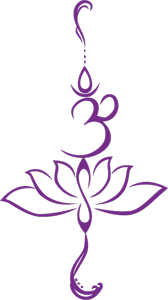4 Yogic Standing Postures, Part 4
 The standing postures are an excellent prelude to the remainder of a yogic routine. They energize the body and open it to the meditative states of the less active asanas.
The standing postures are an excellent prelude to the remainder of a yogic routine. They energize the body and open it to the meditative states of the less active asanas.
Standing posture number 4: Standing Rotations
These are a great set of exercises to do before the more vigorous and active standing exercises as well as before jogging, tennis or other active athletics. They loosen up the body, stretch and tone up the leg muscles, and release the tension in the hips, abdomen and back areas. They include:
• Hip Sway
• Hands in front of toes, head centered
• Hand holding ankle, head inside foot
• Partner adjustment with a partner
• Tree pose
• Folding tree pose
Standing posture number 5: Lyengar Standing Poses
B.K.S. Lyengar, who is one of the foremost authorities on Hatha Yoga, has his students devote much of their time to the standing postures early in their training. These postures require diligent effort as the body does not naturally slip into these poses. With these poses, you bring the body to the competed pose on an exhalation and then breathe slowly and deeply for ten to thirty seconds once in the pose.
Some of Lyengar’s poses are:
• The triangle, which, while it may look like a simple pose, is one of the more difficult poses of the standing asanas. Areas developed include the arches of the feet, the ankle joint, the inner and outer thighs, the quadriceps, and the lateral torso muscles.
• Warrior I pose offers stability and increases the energy flow throughout your body. Graceful, yet requiring lots of effort, this pose opens the hip joints wide, tones the buttocks, strengthens the areas aided by the triangle pose, and additionally loosens the shoulder joints.
• The extended lateral angle pose lengthens the waist and lateral rib cage areas. The Warrior I pose is a great prelude for this pose.
The standing postures open up the body to get it ready for the benefits of the less active poses.


